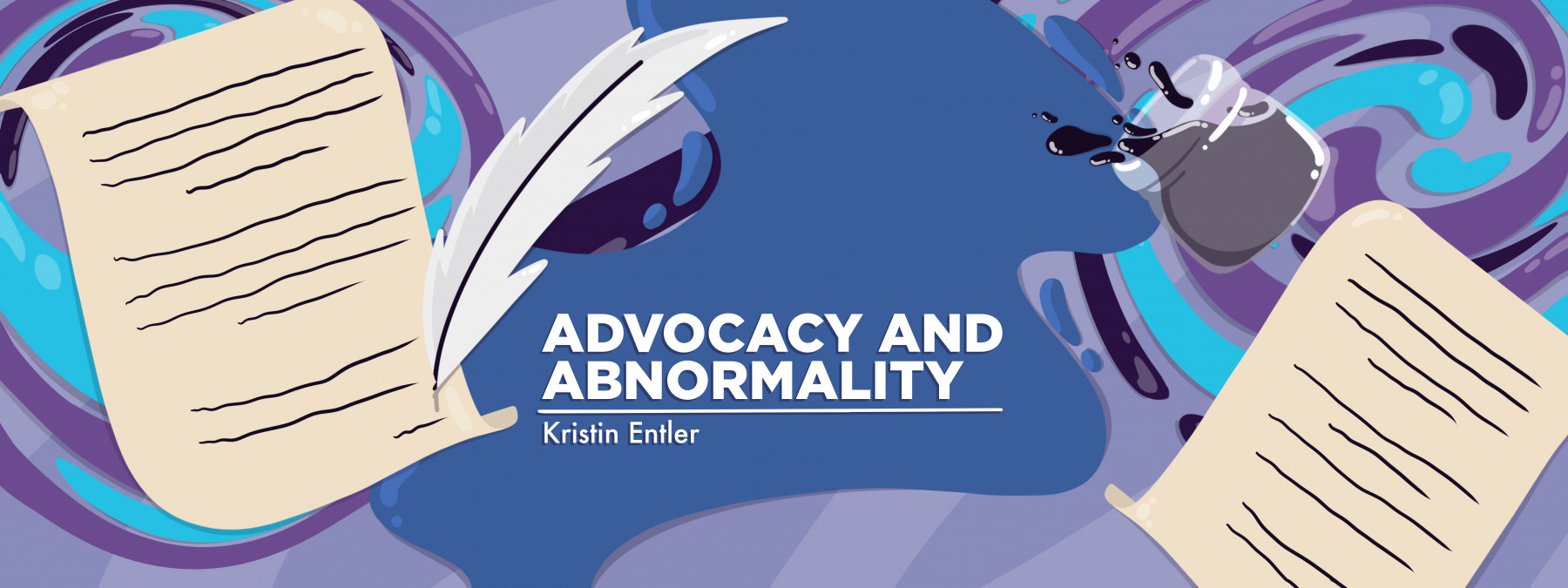Getting a Port Taught Me the Importance of Autonomy
Written by |

At my pediatric pulmonologist’s office, an anatomical diagram of lungs in the silhouette of a child, complete with labeled cross-sections of bronchi and cilia, hung on the back of each clinic room’s door alongside ads for different brands of inhalers. Above the speckled gray tables, children’s art hung on the walls.
It was fall 2014, and I was set to start at a university over an hour away from home. I was excited and ready for the next phase of my life, as any 19-year-old would be.
“You’ve tested positive for mycobacterium avium complex,” my salt-and-pepper-haired doctor said. He went on to inform me that the treatment regimen would include a minimum eight-week round of an IV antibiotic cocktail.
“I’m not doing a PICC line for eight weeks,” I said, using the shorthand for what’s known as a peripherally inserted central catheter, a medium-term IV line usually inserted in the upper arm and used for infusion for up to six months. “I want a PowerPort.”
At this point, I’d been researching online for a few months to learn what it’s like to live with ports. After my last PICC line placement, the nurse told me she didn’t think my veins could do it again. I started reading more about the pros and cons of getting a port, stories of other cystic fibrosis patients’ experiences with the technology.
I’d never been what they call an “easy stick”; my veins roll and hide from any needle that heads their way. To put it simply, I find blood draws to be a strange form of torture. IV placements doubly so. To say PICC line placements have never gone smoothly would be an understatement. I’d have to be put to sleep to have them placed.
As an alternative method of tapping a vein, so to speak, getting a port seemed like a good option for me.
In the healthcare world, patient autonomy refers to a person’s right to make decisions about their healthcare without medical professionals intervening. Patient autonomy is important, clinically, because it often results in better clinical outcomes.
Put simply, when people are active participants in the decisions about their body, when they have agency and choice, they’re more likely to adhere to their treatment plans.
I know this is true for me, and it’s nice to see autonomy backed up by research. For the longest time, I believed myself to just be stubborn and noncompliant. Except I’m a model patient when I need to be, when I understand the importance and agree with the plan of action at hand.
It’s always a relief to know I’m not alone in this desire for autonomy.
On top of the benefit of reducing the amount of needles I’d have to come in contact with, I kept finding people saying that their port allowed them a freedom that PICC lines never gave them. They were able to take care of their port by themselves, not needing an extra pair of hands to help them hook up to their infusions, or in some cases even routinely flush it each month — an important part of upkeep to prevent the spread of infections.
When it came time for me to get a port, I was lucky enough to know with complete certainty that it was the right time and the right choice for me. I’m equally lucky that I was right; for me, getting a PowerPort is probably one of the best medical decisions I’ve ever made for myself.
Living with a chronic illness means having to make hard decisions that others don’t have to make, choices about both the well-being of our internal organs and our personal life. It’s hard.
Of course, not all medical junctures allow for autonomy; an emergency room situation doesn’t leave time to do research and make deeply informed decisions.
But having agency, giving myself the time to explore my options, helped me come to terms with the reality of needing port flushes every month, of having to make a change to my regular routine. Undoubtedly, it’s an adjustment to care for an implanted medical device. Making the choice to have one and take on the responsibility of caring for myself in a new capacity was daunting and — as it turned out — more than worth the changes that came with it.
Back in 2014, my doctor instantly agreed to the surgery, and I haven’t regretted the choice once.
Note: Cystic Fibrosis News Today is strictly a news and information website about the disease. It does not provide medical advice, diagnosis, or treatment. This content is not intended to be a substitute for professional medical advice, diagnosis, or treatment. Always seek the advice of your physician or other qualified health provider with any questions you may have regarding a medical condition. Never disregard professional medical advice or delay in seeking it because of something you have read on this website. The opinions expressed in this column are not those of Cystic Fibrosis News Today or its parent company, Bionews, and are intended to spark discussion about issues pertaining to cystic fibrosis.








Leave a comment
Fill in the required fields to post. Your email address will not be published.